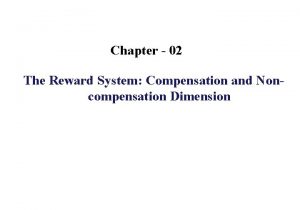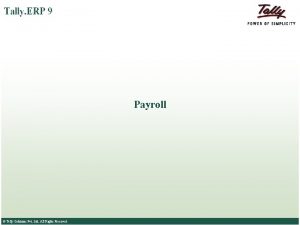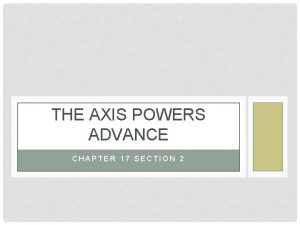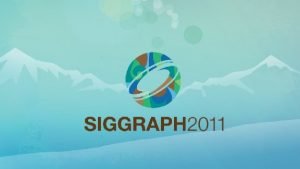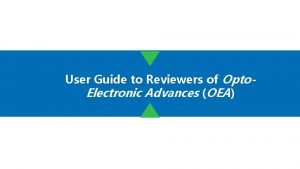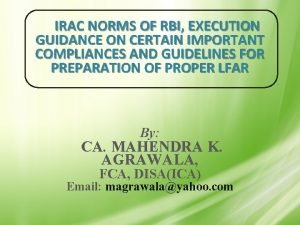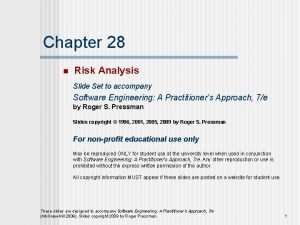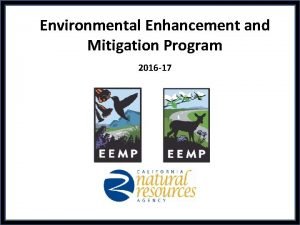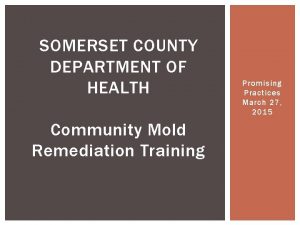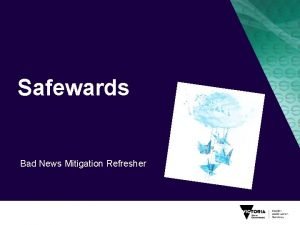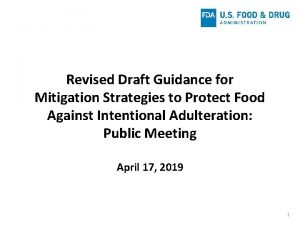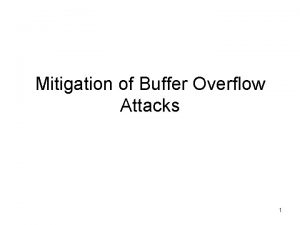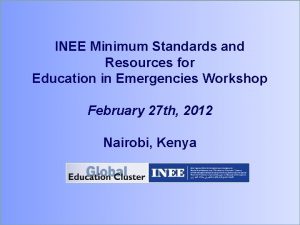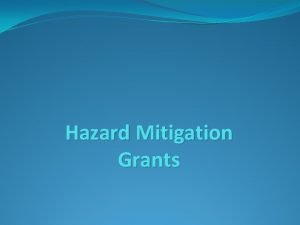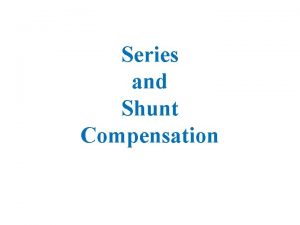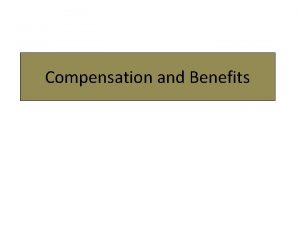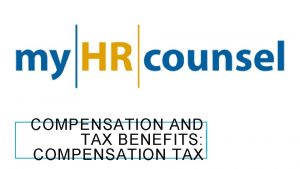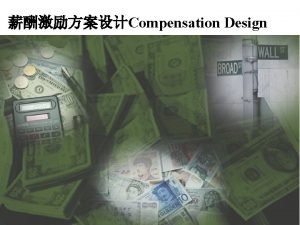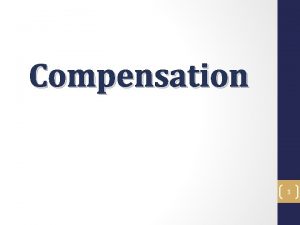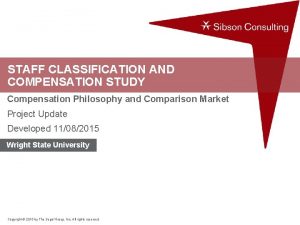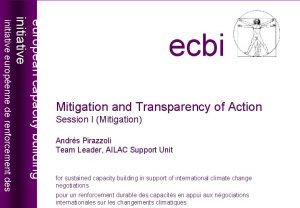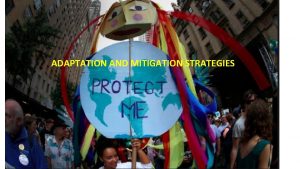Advances in mitigation and compensation for impacts in


























- Slides: 26

Advances in mitigation and compensation for impacts in freshwater environments I. K. G. Boothroyd, Golder Associates (NZ) Limited. , Takapuna, Auckland

Freshwater environments Overall, some aspects of water quality have deteriorated in rivers over the past 20 years mainly as a result of farming (pastoral land cover) and environmental gains in terms of reduced ‘point’ pollution of waters in New Zealand are being overshadowed by increasing ‘diffuse’ pollution. NIWA (2010): Water quality trends at NRWQN sites for the period 1989 -2007 September 15, 2020 2

Freshwater environments IN CRISIS? Water crisis: Going with the flow NZ Herald 17 Nov. 2012 Govt hints at charges for water NZ Herald 16 Nov 'Duty' to raise freshwater issues Otago Daily Times 4 Dec 2012 Sustainable farm systems needed: Will we accept firm water quality limits in our agriculture Otago Daily Times 22 Nov 2012 Editorial: 100 Pure critic needs to be fair and accurate NZ Herald Editorial September 15, 2020 3

Freshwater environments impacts Loss of habitat n Degradation of habitat n Enrichment n Intensification of land n Use of fertlisers n n n n September 15, 2020 Invasive species Stream diversions Point source Non-point source Fish barriers Riparian management 4

Freshwater environments Outline n n n n Focus on streams and rivers Assessing significance in aquatic ecosystems (values) Ecosystem integrity Offsets and mitigation Stream Ecological Valuations (SEV) Pros and Cons of SEV and aquatic biodiversity offsets Expert caucusing Summary

Recent advances n NPS Freshwater Management n NES Ecological Flows and Levels n Land Water Forum n Water quality n Water quantity n Urban streams n Iwi Inanga Banded kokopu n Approaches to assessing ecological integrity of freshwaters n Conservation threat status of native fish Red finned bully

Why assess risk – ‘mitigation’ hierarchy Project impacts Avoidance of critical impacts (design & operations) Minimisation of unavoidable impacts (management & intelligent design) Ecological restoration of impact sites: (progressive; unlikely to replace loss) Residual impacts Biodiversity offsetting Additional conservation actions (compensation; including for loss of ecosystem services) Environmental compensation – residual effects that cannot be mitigated – not default position

Valuing aquatic ecosystems n No unifying or nationally accepted approach to assessments of significance or values in aquatic environments n Council significance criteria often not used for aquatic ecosystems or not seen as applicable (generally seen as developed for terrestrial ecosystems) n n n Distinctiveness, Rarity Representativeness, Context, sustainability etc. Approaches to assessing ecological integrity of freshwaters

Assessing significance in aquatic ecosystems n Advances in sampling methodology: n n Protocols for sampling macroinvertebrates Protocols for stream habitat assessments Fish sampling - debate and discussion; IFI Standard indices (MCI, EPT) Spiny-gilled mayfly, Coloburiscus n Use variety of tools or frameworks and databases n n n River Environment Classification (LENZ? ) Areas for protection WONI (Waters of National Importance) WERI NZFFDB Caddisfly, Hydrobiosis

Assessing significance in aquatic ecosystems n Focus on single or narrow suite of attributes n Focus on single scores/indices n Lack of context, especially geographical location and scale (NPS attempt to overcome this) n Offset mitigation can overshadow the ‘significance’ or ‘value- establishing’ content n Less relevance as get closer to decision-making process exercise?

Ecosystem health and integrity Ecosystem health is indicative of the preferred state of sites that have been modified by human activity, ensuring that their ongoing use does not degrade them for future use. Ecological integrity is fully realised when human actions have little or no influence on sites and when the biological community reflects the influence of ecological, rather than human, processes. ‘… the ability to support and maintain a balanced, integrated, adaptive biologic system having the full range of elements and processes expected in the natural habitat of a region. ’ Karr 1996 September 15, 2020 11

Ecosystem integrity n Nativeness - the degree to which an ecosystem’s structural composition is dominated by the indigenous biota characteristic of the particular region. n Pristineness - relates to a wide array of structural, functional and physicochemical elements (including connectivity), but is not necessarily dependent on indigenous biota constituting structural and functional elements. n Diversity - richness (the number of taxa) and evenness (the distribution of individuals amongst taxa); link to a reference condition? ; the use abundance weighting? ; and geographical scale. n Resilience (or adaptability) - quantifying the probability of maintaining an ecosystem’s structural and functional characteristics under varying degrees of human pressure. (From: Schallenberg et al. 2010: Approaches to assessing ecological integrity of New Zealand freshwaters.

Mitigation and Offsets n n n Offsets unfamiliar term for use/loss of aquatic resources (exception of wetlands) ‘No net loss’ policies (especially wetlands) ‘Like for Like’ assumption Mitigation as an expert opinion/weight of evidence Expert judgements and Expert caucus Expert settlement is a driver as get closer to decision-making process exercise No net loss vs Net gains n Manage impacts on-site n On-site vs Off-site compensation (residual impacts) n

Stream Ecological Valuation (SEV) n Stream Ecological Valuation (SEV): a method for scoring the ecological condition of Auckland streams and for quantifying environmental compensation ARC Technical Publication Existing approaches varied, subjective and inconsistent n Loss of stream habitat in Auckland n Provides a standard method n Robust, empirical n Comparable, repeatable n

Loss of stream length (consented; Auckland) Financial year 1999 -2000 -2001 -2002 Stream Length (m) 9, 197 11, 368 11, 961 2002 -2003 -2004 -2005 -2006 -2007 -2008 11, 035 7, 058 12, 159 7, 146 3, 669 7, 146 Nine year mean = 8, 971 m; total = 80, 739 m (~ 80 kms) NB excludes Permitted activities and Category 2 stream

Stream Ecological Valuation (SEV) Stream functions n n Universal to all stream types Holistic assessment of ecological condition Incorporating measures of state of the environment Sixteen functions in 4 broad categories q q Hydraulic functions (e. g. , flow regime, connectivity to floodplain, connectivity to groundwater). Biogeochemical functions (e. g. , water temperature, dissolved oxygen, organic matter) Habitat functions (e. g. , fish spawning habitat, habitat for aquatic fauna). Biodiversity functions (e. g. , fish fauna, invertebrate fauna, biodiversity, riparian vegetation). Ecological Compensation Ratio (ECR) (SEVi-P – SEVi-I) / ((SEVm-P – SEVm-C) x 1. 5)

Environmental Compensation 0 0. 4 Consider offsite 0. 8 Favour onsite Favoured EC range 1 No Go SEV

Riparian zone planting and management

Benefits of environmental compensation n Standard methodology n Based on credible systems used overseas n Accepted practice in Auckland n Applies to all permanent streams (not intermittent or ephemeral streams) n General policy framework applies (no net loss) n Largely unchallenged at higher levels of decisionmaking but increasing n Other compensation mechanisms are available (e. g. , habitat hectares)

Disadvantages of SEV/ECR n Standard methodology narrows use of other available information n Operator error and bias n ‘One size fits all’? n Database information is unused n Other tools not used (e. g. , REC) n Sensitivity to judgements is untested n Lacks objective for restoration n Difficulties in application to multi-impact projects

Disadvantages of freshwater compensation No net loss vs Net gains n Manage impacts on-site n On-site vs Off-site compensation (residual impacts) – often difficult to achieve in practice – move to constrain on-site n In perpetuity? n n Other attributes ignored or ambiguous (i. e. , rarity, distinctiveness) n In use for purposes it is not developed for (e. g. , compliance monitoring, SOE monitoring, restorative success) n Increasingly a default tool (‘a silver bullet? ’) n Values assessment and mitigation settlement can become disconnected and isolated

Expert decision-making n Increasing use of expert caucus to settle differences between expert opinions n Settlement and agreement becomes the driver and values and mitigation can be isolated n Expert experience and pragmatism (or lack of) can dominate n Timeframes to complete caucus n ‘a priori’ mitigation/compensation ratios? September 15, 2020 22

Final thoughts n Significance assessments vary; often inadequate n No established aquatic values criteria n Mitigation vs offsets (compensation) n Stream Ecological Valuation (SEV) is a credible tool in some circumstances n Environmental Compensation (e. g. , ECR) n Benefits of offsets for stream loss n Caution to application elsewhere (ex- Auckland)

Final thoughts n Multi-impact especially linear projects (e. g. , roads, windfarms) n Increasing use of expert caucus to settle differences n Isolation of values and mitigation

Thank you – Any questions? September 15, 2020 25

Environmental risk assessments n Requirement to understand risk to environment n Risk to project outcomes and success n Quantified to qualitative estimates of risk n Mitigation hierarchy and risk n Enhancement to risk assessment n Quantified risk modeling (catchment water quality modelling) n Ranking significance and risk n Balancing significance and risk September 15, 2020 26
 Noncompensation
Noncompensation Taly payroll
Taly payroll Short term loans and advances
Short term loans and advances Global oncology trends 2017 advances complexity and cost
Global oncology trends 2017 advances complexity and cost Axis powers
Axis powers Advances in technology during wwii
Advances in technology during wwii Chapter 9 intellectual development of infants
Chapter 9 intellectual development of infants Advances in real-time rendering in games
Advances in real-time rendering in games Photodesintegration
Photodesintegration Opto-electronic advances
Opto-electronic advances Recent advances in dental ceramics
Recent advances in dental ceramics Irac circular rbi
Irac circular rbi Advances in memory technology
Advances in memory technology Risks and mitigation slide
Risks and mitigation slide Delay and dispute mitigation
Delay and dispute mitigation Vulnerability disaster management
Vulnerability disaster management Environmental enhancement and mitigation program
Environmental enhancement and mitigation program Positive and negative impacts of materials technology
Positive and negative impacts of materials technology Positive impacts of information technology
Positive impacts of information technology Negative impacts of materials technology
Negative impacts of materials technology Nsf grfp results
Nsf grfp results Somerset mold remediation
Somerset mold remediation Bad news mitigation
Bad news mitigation Mitigation strategy examples
Mitigation strategy examples Risk response types
Risk response types Nop sled buffer overflow
Nop sled buffer overflow Preparedness mitigation response recovery
Preparedness mitigation response recovery
